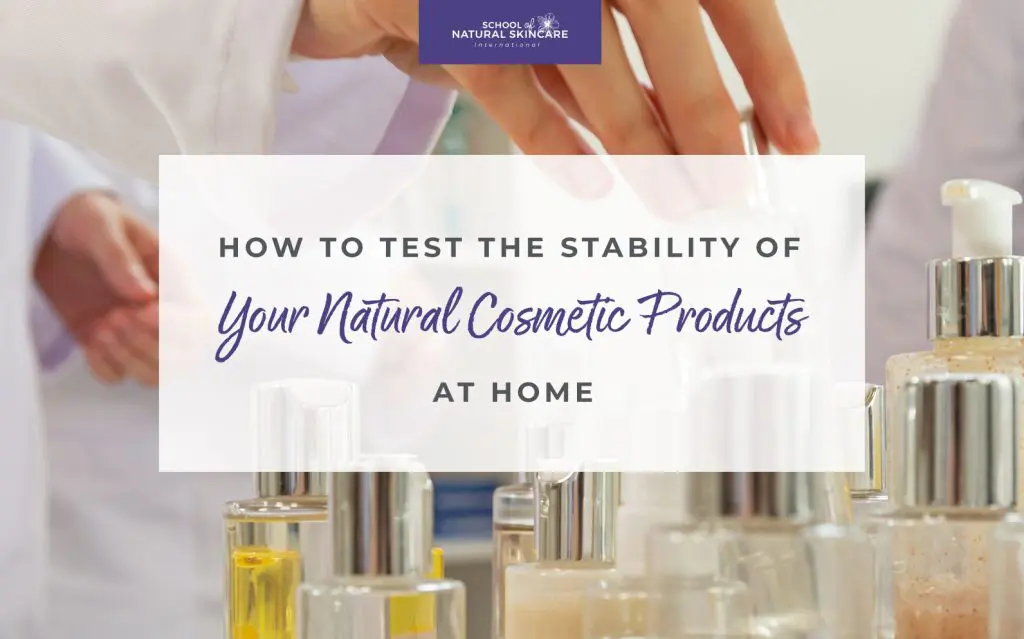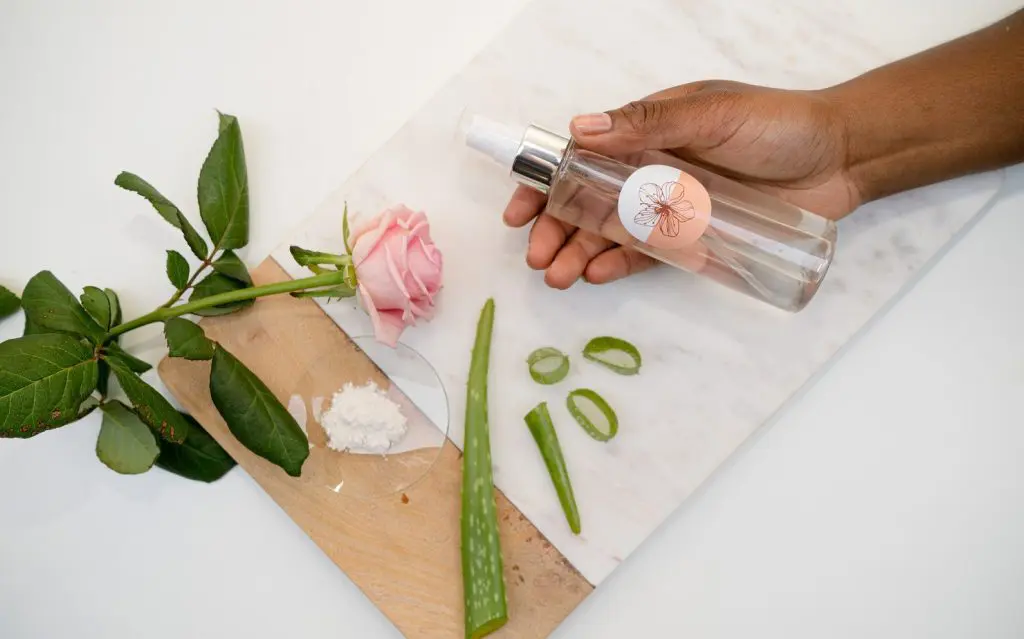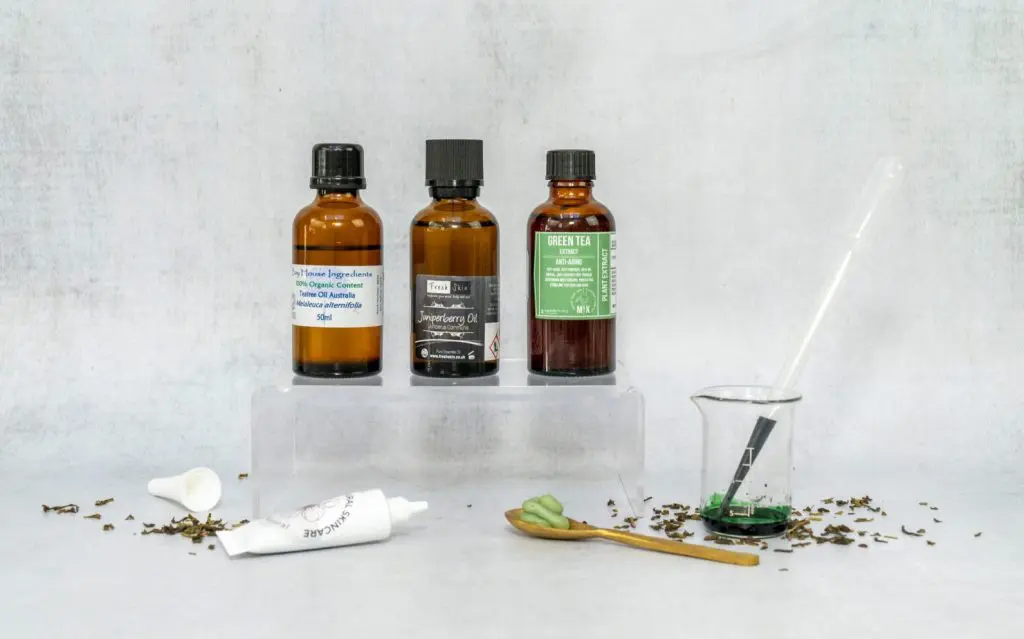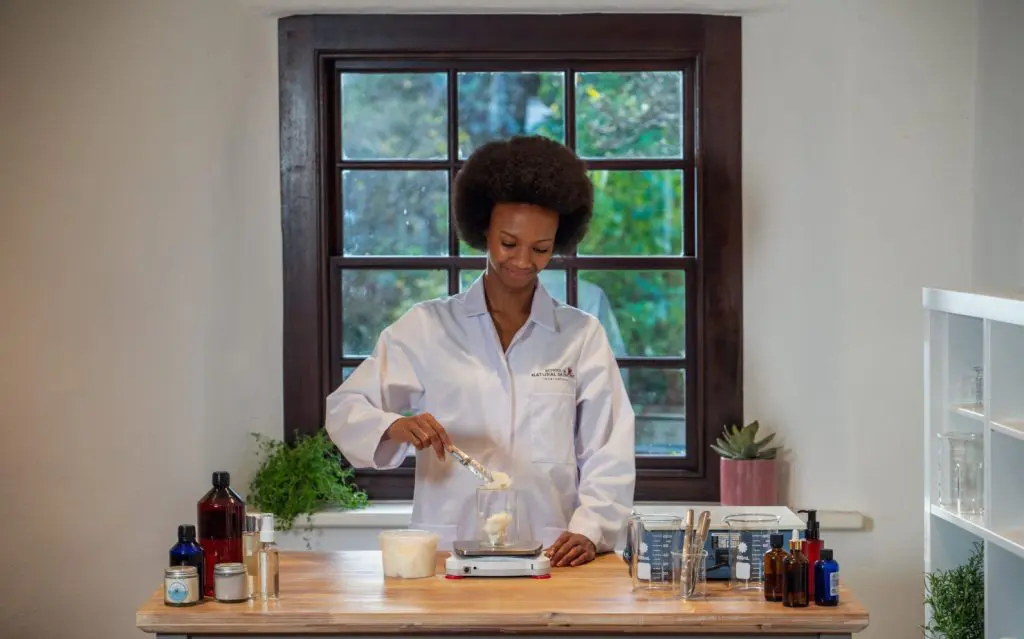When developing a new cosmetic product or modifying an existing one, every formulator will eventually encounter the question: Will my product remain stable over time? Stability testing is essential in giving you the confidence your products are safe and stable – and you can do it at home!
Stability testing ensures that a newly developed cosmetic product meets the desired standards on microbial, physical and chemical stability.
Stability tests give a lot of insight into how stable the product is, what its weak points are and where it needs to be improved. Without these tests, you simply won’t know your cosmetic product’s shelf-life and how safe it is over a certain period of time.
In this article, we explore what tools and equipment is needed, the different types of testing and the parameters that are observed.
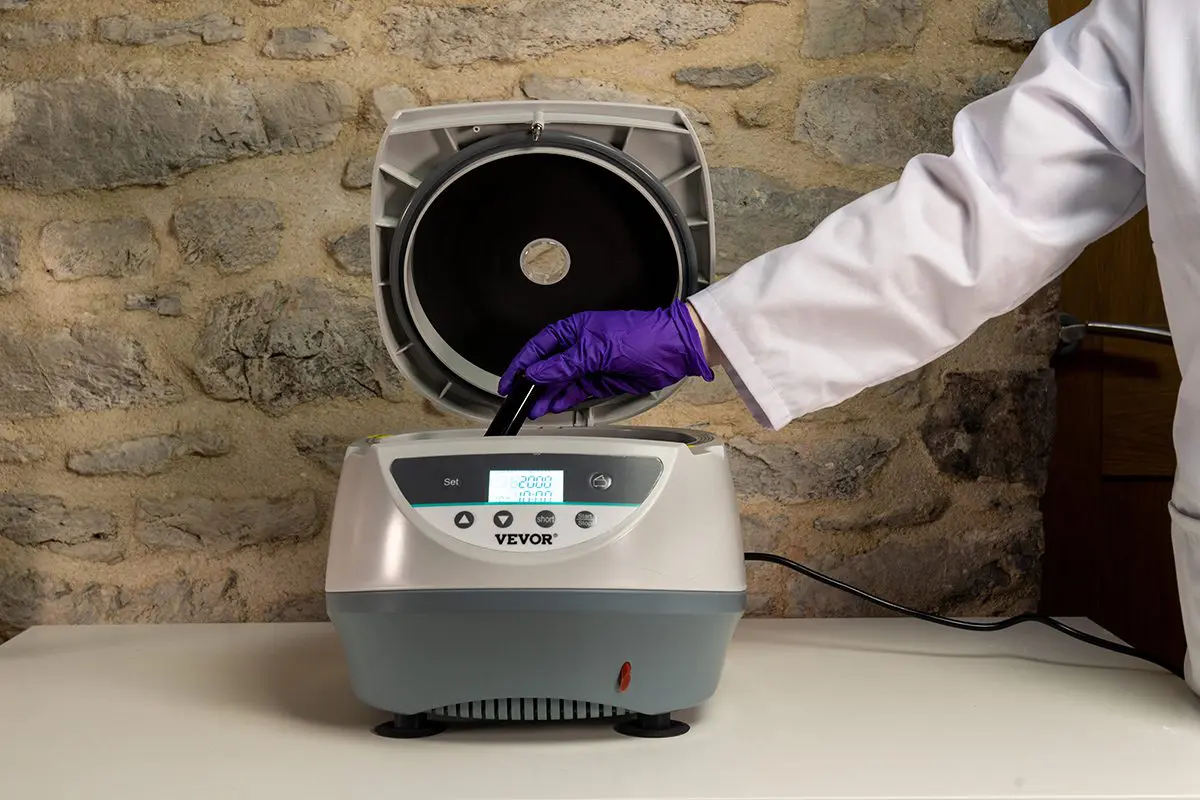
What is stability testing, and why is it important?
Creating unstable products is part of the process of trial and error! But it’s important to understand why products are unstable and – crucially – how to test stability without having to pay for professional lab tests every time.
Whether you are making products for yourself or selling, you want your products to remain in good condition for the duration of their shelf-life. You want them to look good, work properly and remain stable. You certainly don’t want a customer to buy a body lotion from you only to return it several weeks later because it has separated.
While microbial stability can only be fully tested in a professional laboratory, putting your products through stability testing at home gives you confidence that your products will maintain their quality over time and helps you identify and correct any problems at the formulation stage.
Stability testing is used to:
- Ensure the stability and physical integrity of the product under appropriate conditions of storage, transport and use.
- Ensure the functionality and aesthetics of the product do not degrade during its intended shelf-life and consumer use.
- Ensure chemical stability.
- Determine storage conditions.
- Determine the shelf-life of the product.
Stability testing is essential if you are selling cosmetic products. Stability testing cosmetics can be conducted in professional laboratories (at quite a high cost), but the good news is that stability testing can also be carried out successfully in your home lab, with the right equipment and approach. Here’s how!
Stability testing equipment for your home lab
Different tests require different pieces of equipment. Some tests require specialized equipment, such as centrifuge testing. Whether you invest in this depends on how many products you are developing. If the piece of equipment costs the same as paying for a few professional stability tests in a lab, then it’s probably a worthwhile investment.
Many stability tests can be performed with the equipment you use for making cosmetic products.
A pH meter, precision digital scale and a freezer (a regular household freezer can be used) are the basic pieces of equipment you need to perform stability tests at home.
For more advanced stability testing, you’ll need more specialized equipment, such as a centrifuge and stability oven/incubator.
If you were to invest in just one piece of equipment then our suggestion would be a stability oven/incubator. This allows you to easily conduct accelerated aging tests, which is one of the most useful types of stability testing for cosmetics and commonly used to determine a product’s shelf-life.
For shorter tests, egg incubators can be used. However, you must make sure they allow for precise temperature settings. A better option is a small benchtop incubator oven. You can find them in lab supply shops, usually from US $150 or more.
Our Natural Cosmetic Formulation Club’s guide, How to Stability Test in Your Home Lab, will guide you through everything you need to know to correctly set up and perform stability tests at home.
Home stability testing parameters
Stability testing involves exposing your product to different conditions. The response of the product to these conditions is examined by measuring or observing one or more different parameters.
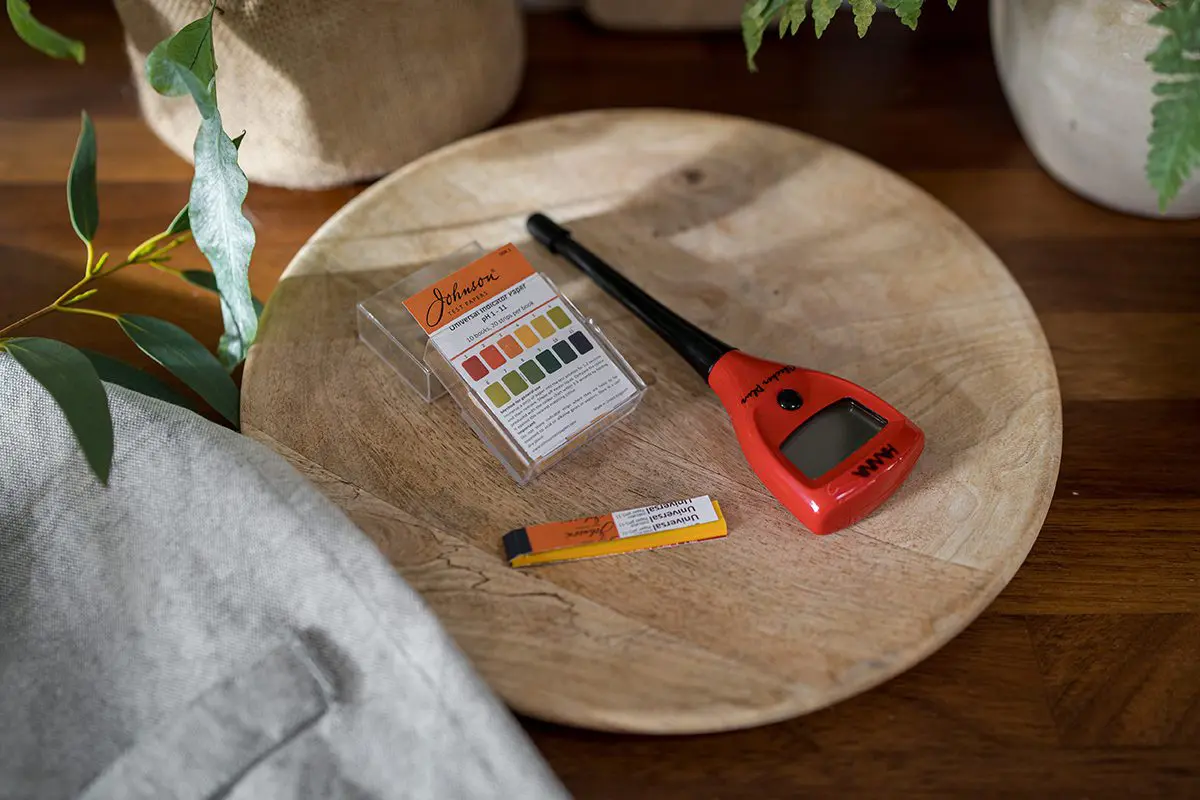
pH
Monitoring a product’s pH at various time points is a very common way to verify the chemical stability of a product. Some ingredients can cause a serious pH drift which could lead to product separation, inactivated preservatives or a high potential for skin irritation.
Weight
Examining changes in weight is a simple test to do and only requires a good quality digital scale. Changes in a product’s weight signal issues in chemical or physical stability, such as unsuitable packaging that allows for evaporation and chemical reactions that cause gas formation.
Smell and appearance
There are many properties that can be examined by using your senses, such as the smell and appearance of a product. Changes could suggest oxidation or emulsion instability, for instance.
Container changes
Packaging can be tested to determine unwanted interactions between a product and its packaging. Changes in the product where it is in contact with the container, as well as changes in the container itself, suggest serious incompatibilities.
Viscosity
Viscosity is one of the most important parameters of stability testing. Professional labs use a special piece of equipment called a viscometer, but basic observations of viscosity changes can be done just by using our eyes. Any big changes in viscosity suggests product instability.
What are the different types of stability tests?
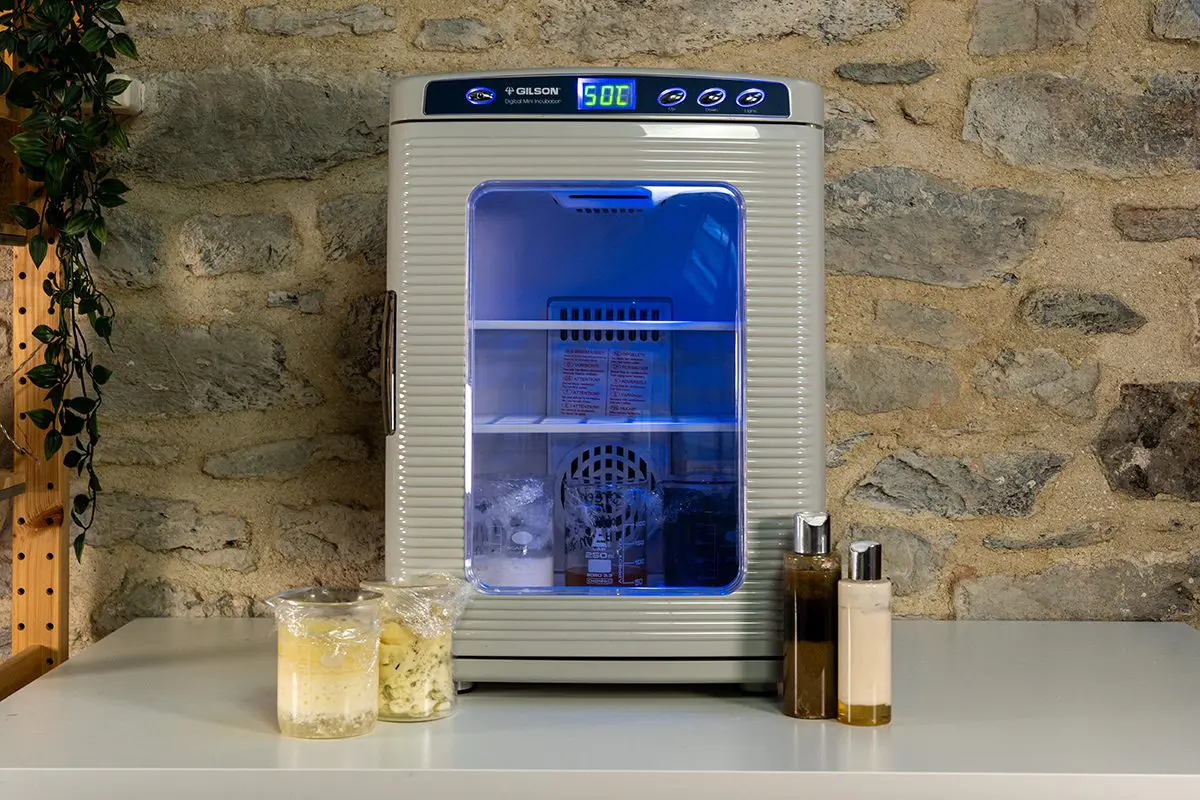
Depending on what product you are working with and what information you are looking for, you can choose different testing methods or types. These include accelerated aging testing, freeze-thaw cycles, centrifuge testing and UV/light stability testing.
Each stability test is specific to your cosmetic product and each test has its own specific method. You must stick to strict instructions regarding time, temperature, speed (if using a centrifuge) and light.
The good news is that we cover all these variables in our How to Stability Test in Your Home Lab. Access this class and you will have professional instructions on carrying out stability tests at home, at your fingertips!
This guide includes everything you need to know about stability test equipment, methods, parameters, what tests to use for different product types, test control and test documentation. We even include photos of product instability and a test report example. By the end, you’ll have everything you need to know for testing cosmetics at home.
If you think you’d like to take the testing of your natural cosmetic product’s stability into your own hands, then this guide is for you!
To access How to Stability Test in Your Home Lab, you will need to be a Member of the Natural Cosmetic Formulation Club. Click here, to find out more about how you can join other passionate, natural and organic advanced beauty enthusiasts who want to enhance and diversify their skills and grow as a formulator.

